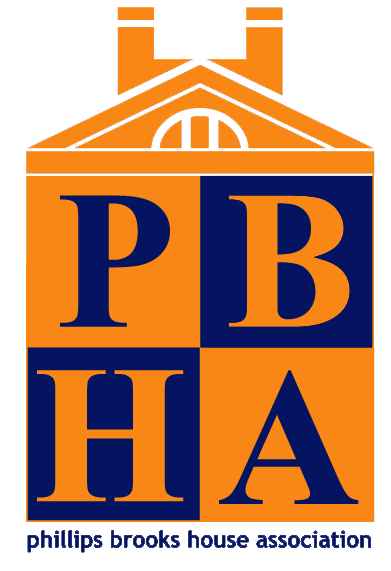Project Tanganyika
63 years ago, Project Tanganyika—PBHA’s first program abroad—sent the first class of volunteers to Tanganyika, a former English colony in Africa. That summer, Tanganyika gained its independence from the United Kingdom. Today, Tanganyika is part of the United Republic of Tanzania.
“Tanga, like all Africa, exhibits the contrast of a land alive with tension between the future and the present,” wrote Peter C. Goldmark ’62, the leader of the first cohort, in a 1961 Crimson paper.
The inaugural class of volunteers comprised fourteen Harvard undergraduates and six Radcliffe students: twenty-six in total, the largest American delegation going to an African country for the summer at the time, according to the Harvard Crimson. While in Tanganyika, students taught English at schools or worked for aid initiatives.
Goldmark wrote in his Crimson article that some of the children he taught “walked five miles every morning to the squat, cement school house on the Southern edge of Tanga.”
As classes ended, students would leap out of their seats and bolt towards the door to eat fruit from the mango tree outside, said Gail M. Gerhart ’65, a volunteer from the 1963 cohort, in a different Crimson article.
According to Goldmark, the educational problem in Tanga was one “not of quantity, but of quality.” Goldmark said that Tanga would become independent with less trained personnel “for its size than any country on the continent, with the exception of the Portuguese colonies.”
On October 11, 1964, Malcolm X visited the PBHA volunteers. He wrote in his diary that the students were “extremely friendly” and probably “sincere,” though he detected “reservations after reaching a certain point and a tendency to regard Africans still as something different.”
Pictured: Malcolm X with 1963 cohort of Project Tanganyika volunteers
It cost $30,000 to $45,000 per year total to send the students to Tanganyika. Each year, the students raised the funds themselves. In 1961, former first lady Eleanor Roosevelt generously helped fundraise for that summer’s trip.
At the time, there was only one Harvard course that addressed Africa. Although Project Tanganyika members pushed the Committee of Educational Policy to offer credit for Swahili—a course requirement for the program—, the Committee ultimately denied their request.
It wasn’t until 1969 that Harvard created an independent African and African American Studies department.
Project Tanganyika inspired life-long service for many of its participants. David Zarembka ’66 joined the Peace Corps after graduating and later founded the African Great Lakes Initiative.
Alison Des Forges ’64 served as a senior advisor in the Human Rights Watch’s African Division. In 1999, she was awarded the MacArthur “Genius Grant” for her book “Leave None to Tell the Story: Genocide in Rwanda.”
According to participants, Harvard administrators were apprehensive about the new program at first. Project Tanganyika came before the Peace Corps, making administrators weary of the unfamiliar idea of international service.
Later, University President Nathan M. Pusey ’28 would celebrate Project Tanganyika for its vision that extended beyond students' “private affairs and thoughts.”
“I didn’t care whether faculty supported us because [Project Tanganyika] was PBH,” said Karen L. Worth ’64, another participant.
•••••••••
Read more:
https://www.thecrimson.com/article/1961/6/21/project-tanganyika-departs-pfourteen-harvard-undergraduates/
https://www.thecrimson.com/article/2012/5/21/project-tanganyika-international-service/
https://hollis.harvard.edu/permalink/f/1mdq5o5/TN_cdi_proquest_journals_2880487686

